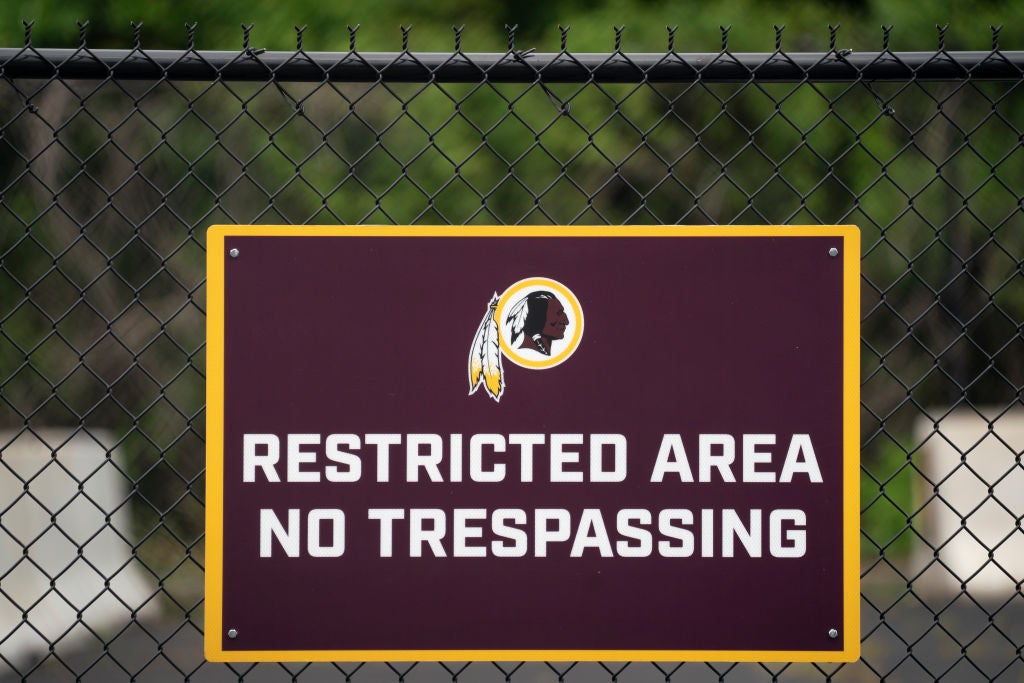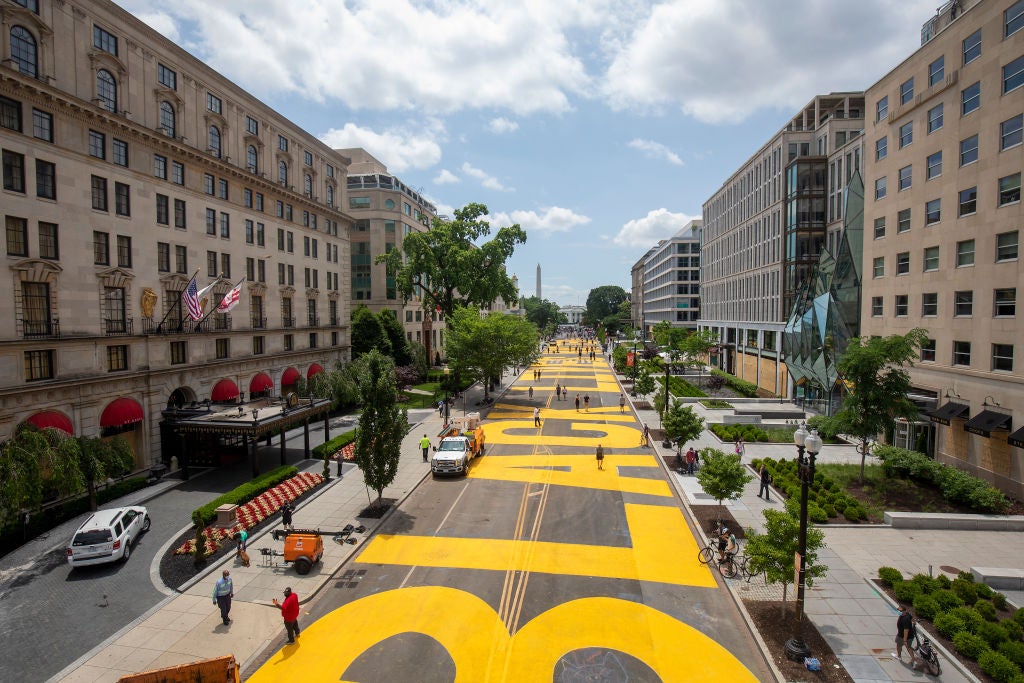
The Redskins finally realized their racist name no longer served them. Aunt Jemima finally earns her freedom and Lady Antebellum no longer wants to be associated with the civil war that tried to keep Blacks enslaved.
The recent public responses to racial violence and protest against white supremacy and systemic oppression make me wonder: is our nation on the precipice of real substantive change that will eradicate racial injustice? Like, for real this time?
For the last few months, news headlines have been overrun with statements and press releases made by public figures, businesses, organizations, and agencies, all coming forward in formal opposition to the maltreatment and oppression of Black people.
Merely adopting a new name is using a band aid to treat an injury that warrants a blood transfusion.
Washington D.C.’s NFL team officially announced on July 13 that it will change its name and logo from a derogatory racial slur used against Native Americans. The team’s new name has yet to be announced, but head coach Ron Rivera alleges it will honor both indigenous people and the U.S. military. Two days before that country music group Lady Antebellum released a statement, acknowledging the offensive legacy of their name and announcing the adoption of a new moniker as a gesture towards racial healing.
But let’s keep it real: D.C.’s NFL team resisted changing their name for decades with impunity. The decision to adopt a new name was made only after major sponsors and retailers recently cut ties with the organization. The country group “renounced antebellum” to distance themselves from slavery. But now they’re suing a Black woman blues singer, who goes by Lady A, trying to force her to share the name.
This, ladies and gentleman, is what I’d call cheap change. Merely adopting a new name is using a band aid to treat an injury that warrants a blood transfusion. While the action reflects progress toward eradicating the normalized racist practices inherent to American culture, it is insufficient in effecting the change that is necessary for dismantling imperialism and white supremacy as our country’s former and current operating systems (or as I call it, the iOSHate).
Scholars agree that types of change typically fall into two broader categories, known as first order change and second order change. Changes of the first order are usually fixes that are made to achieve a specific outcome. They are non-disruptive and typically can be made without disturbance to the current system. Put another way: I’m sitting in my office and the temperature falls above what’s comfortable, so I adjust the thermostat. These are first order changes — noncommittal choices within an existing system. They are cheap, quick fixes at a very low or no cost that help me navigate a system with comfort and ease.
On the other hand, second order changes are complex threats to existing systems. A second order change suggests that the existing system is ineffective, problematic, no longer useful, and thus requires wholesale transformation. If I realize that my office is consistently warmer than all of the other rooms in my home, I could choose to keep adjusting the thermostat, but to ensure true comfort I must figure out what about this system is malfunctioning and needs to be changed. Second order changes are comprehensive and demand individuals and institutions resist conventional solutions and fixes; be self-critical enough to investigate barriers to change; and think creatively to enact and sustain change that is transformative and enduring. Second order changes are more costly, more time consuming, and more challenging to achieve, but they are essential in dismantling the systems and structures of injustice that are hurdles on the path to healing.
While brands and organizations launch new ad campaigns, develop new policies, and commit to funding for new programs and initiatives all in the name of antiracism and social justice, we the consumers must remain mindful of the distinctions between first order change and true transformation. The former is reactive and only addresses the most obvious of wrongs, while the latter is contemplative and focuses on purging itself of a construct that allowed it to operate so wrongfully for so long. We must guard against “cheap change” in which commitments to equity are not fully articulated or operationalized.

Beyond changing racist names, what are organizations doing to guard against racist practice and the marginalization of oppressed people? What’s really necessary to affect second order change? While not a checklist, individuals and organizations that are truly committed to real change must do the following:
- Acknowledge the true nature of racism as a system of oppression and commit to understanding systemic racism and how it functions,
- Build capacity and the infrastructure to dismantle racist systems within their organizations and with their brand partners,
- Transform organizational structures, policies and practices to fully embody inclusion and social justice.
By properly conceptualizing change, we can ensure that the inefficient yet popular “cheap change,” can go further. It’s nice to see the phrase “Black Lives Matter” painted in streets across America, but we will not be satisfied until this country makes the changes that result in true healing, restitution, equity and inclusion — or even more plainly, liberty and justice for all.
Tykeia N. Robinson, Ph.D., also known as Dr. Keia, is the Assistant Director of Research and Policy in the Office of Undergraduate STEM Education at the Association of American Colleges and Universities. Her current work focuses on empowering institutional leaders to interrogate existing organizational challenges and disparities. Dr. Keia also co-hosts the Gettin’ Grown podcast and she’s also the founder of TeamTypingFast, an online community that prioritizes the wellness, success and productivity amongst Black women academics, corporate professionals and entrepreneurs.